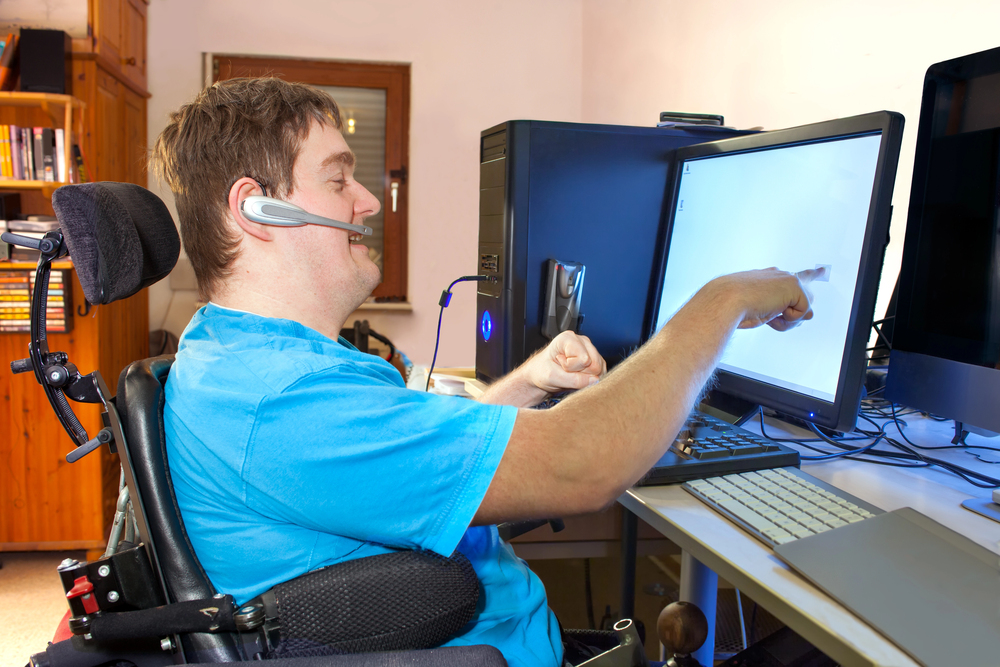
Disability Action Week is a time for communities to come together and support people with disabilities by focusing on inclusion, accessibility, and empowerment. One way we can contribute to these goals is by improving how we communicate, especially online. Actionable communication is a key part of this. It ensures that everyone, including people with disabilities, can understand and act on the information they receive.
Why does it matter? How can you apply it to promote inclusion during Disability Action Week and afterwards.

What Is Actionable Communication?
Actionable communication means sharing information that is clear, specific, and easy to use. It gives people the tools they need to take action, whether that’s registering for an event, filling out a form, or accessing a service.
For example, if you’re promoting an event for Disability Action Week, your communication should include:
- A clear title or subject line. A good example is Join Us for Disability Action Week Workshops”.
- Step-by-step instructions on how to participate, such as how to register, where to go, and how to request accommodations.
- Links and contact information that are easy to find and use.
When communication is actionable, it stops confusion and makes it easier for everyone to get involved.
Why Does
Actionability Matter?
Actionability is especially important for people with disabilities. For many, unclear or incomplete information can create barriers that prevent them from participating in activities, using services, or accessing opportunities.
Imagine a webpage about Disability Action Week events that lists dates and times but doesn’t explain how to sign up or whether venues are wheelchair accessible. Without these details, people with disabilities might feel excluded or unsure about attending.
By focusing on actionable communication, you ensure your message reaches everyone and empowers them to participate fully. This aligns perfectly with the goals of Disability Action Week: creating an inclusive community where everyone feels valued.

Create Actionable and Inclusive Communication
Whether you’re sharing information online or in print, here are some practical tips to make your communication more actionable and inclusive:
1. Use Clear, Direct Language
Keep your language simple and specific. Avoid vague phrases like “Learn more” or “Click here.” Instead, use direct instructions like “Register for the workshop by clicking this link” or “Call this number to request accommodations.”
Clear language benefits everyone, especially people who might rely on assistive technologies or have cognitive disabilities.
2. Provide Accessible Design
Accessibility goes hand-in-hand with actionability. Make sure your content works for people who use assistive technologies, such as screen readers or voice commands. Here are some ways to do this:
- Use descriptive link text. A good example is “Download the schedule for Disability Action Week”.
- Include alternative text (alt text) for images.
- Use high-contrast colours and readable fonts.
- Ensure that buttons and links are large enough to click or tap easily.
3. Break Down Steps
If an action involves multiple steps, explain each one clearly and in order. For example:
- Step 1: Visit our registration page.
- Step 2: Fill out the form with your details.
- Step 3: Click “Submit” and check your email for confirmation.
Breaking down the process reduces confusion and makes it easier for people to follow through.
4. Test for Usability
Before sharing your content, test it with people who have different needs. Ask them if the instructions are clear and if they can easily complete the required actions. Tools like WebAIM’s Accessibility Checker can also help you identify some of the potential barriers. Get training in how to build documents and websites that meet the Web Content Accessibility Guidelines
5. Be Transparent About Accessibility
If you’re promoting an event, include details about accessibility upfront. Let people know if the venue has wheelchair ramps, accessible parking, or sign language interpreters. If specific accommodations are available on request, explain how to request them.
For example: “The event will take place at an accessible venue. If you need additional accommodations, please email us at [email address] by [date].”

Disability Action Week:
A Time to Empower
Disability Action Week isn’t just about raising
awareness—it’s about taking action to create real change. By using actionable
communication, we can ensure that everyone has the opportunity to participate,
engage, and feel included.
Whether you’re promoting an event, sharing resources, or
encouraging others to get involved, remember to make your communication clear,
specific, and accessible. Small changes can make a big difference in creating
an inclusive community.
